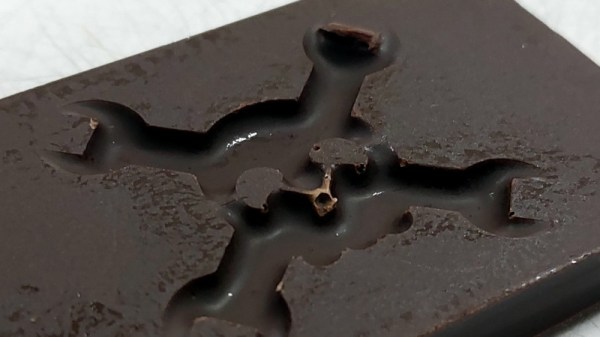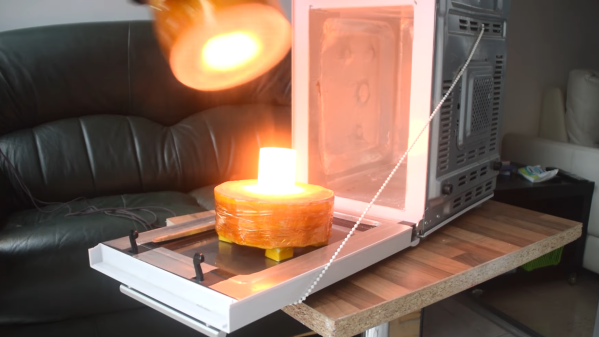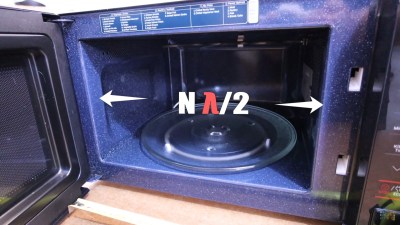Though Hackaday scribes have been known to imbibe a few glasses in their time, it’s fair to say that we are not a wine critic site. When a news piece floated by about a company getting into trouble for illegally submerging crates of wine though, our ears pricked up. Why are vintners dumping their products in the sea?
Making wine, or indeed any alcoholic beverage, starts with taking a base liquor, be it grape juice, apple juice, barley malt solution, or whatever, and fermenting it with a yeast culture to produce alcohol. The result is a drink that’s intoxicating but rough, and the magic that turns it into a connoisseur’s tipple happens subsequently as it matures. The environment in which the maturation happens has a huge influence on this, which is one of many reasons why wine from the cellar of a medieval chateau tastes better than that from an industrial unit in southern England. The Californian company was attempting to speed up this process by leaving the bottles beneath the waves. Continue reading “The Briny Depths Give Wine An Edge, But How?”





















